pbCITEMOR2022 | reflections over cervejas and sardinhas
14th August 2022performingborders in residency at CITEMOR Festival 2022
28th July – 7th August
We wanted to write these texts whilst the thoughts and ideas from this week-long residency were stuck to the bottom of our shoes and the experience kept fresh by the still itchy Mondego mosquito bites.
CITEMOR festival is a rich micro-cosmos of intersecting artistic practices and languages, where people and artists from across the Iberian peninsula (and beyond) get together to create radical and experimental work that is rarely supported elsewhere. The performances, films, book launches, and the many informal conversations and hang-outs happen across the local theatre, depilated houses, warehouses, the river bank, and Dona Elsa’s cafe (who hosts the daily gatherings for lunch and dinner for all the festival attendees and cooks a mean seafood rice you won’t forget anytime soon!)
We spent a week at the festival in Montemor, central Portugal (although the festival is nowadays spread out to the city of Coimbra and the coastal town Figueira da Foz). This is known as the Baixo Mondego region, made up of wetlands that are home to crops of rice (hence the mosquitos!), corn, and the Mondego river that flows into the Atlantic Ocean. This area is also Xavi’s birthplace, who grew up in Montemor with the festival, marking all of their summers from the time they were born (and the time before that too). The invitation to be ‘in residency’ at the festival came from this deep-rootedness within it, and the space was created to host us with warmth, care, time, and many meals, finos, and cafezinhos in between.
These texts are a reflection of our time spent at the festival – a loose recollection of thoughts woven in conversation with the performers, writers, programmers & cultural workers who were with us. With them we discussed the themes and forms of the shows, as well as the socio-political context of CITEMOR, and what makes the festival a point of reference for long-term commitment to creative and community development in opposition to the neo-liberal, box-ticking exercises that we see so often in mainland European and UK contexts.
This is a translated version of events that happened across Portuguese and Spanish, Xav and Anahí’s respective mother tongues as well as the main languages of the festival, in a wonderful mix of Portuñol (with some added English words in the mix).
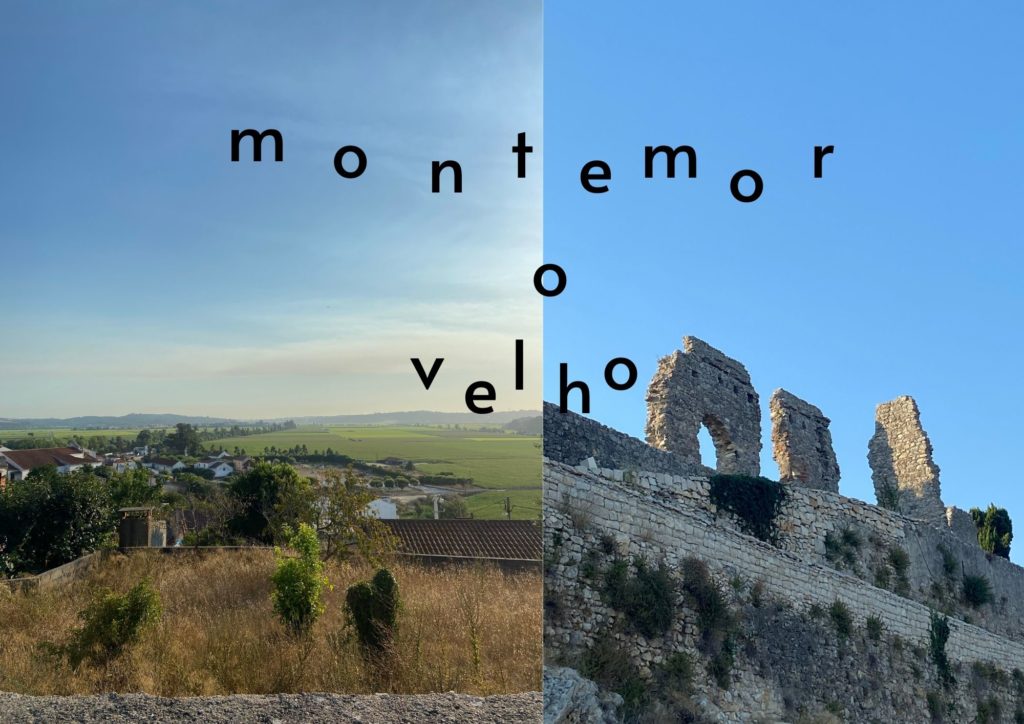
***
* thoughts on trust, alternative ways of creation and cross-border exchanges *
The approach to artists’ support and ‘accompanhamento de artistas’ employed by the festival itself has historically been facilitated in an almost anarchic way, alongside an established and nuanced relationship with the local community. The festival leads have never taken on an ‘artistic directorship’ and have maintained a fairly horizontal support system for artists, focused on experimental methods and making ideas work that other venues or festivals might immediately say no to.
In the festival’s history they have turned unconventional spaces into performance venues including; parts of the local castle, the river bank, empty warehouses and town squares – often starting from zero. The festival wasn’t interested in programming works that had already received acclaim or that they even knew would be ‘good’, instead, they wanted to focus on creating spaces for artists to take risks, and also provide space in Portugal for artists who were not being supported or shown in the country. What this means is that CITEMOR is a site for artistic investigation and experimentation, a place to develop methods collaboratively in a way that resists the pressure of producing with the usual demands that other art spaces would have.
Speaking with Vasco Neves (co-lead of the festival) during another banging lunch at Dona Elsa’s cafe, he often refers to the festival as not a place for others to come ‘shop’ for work, but a place for experiences.
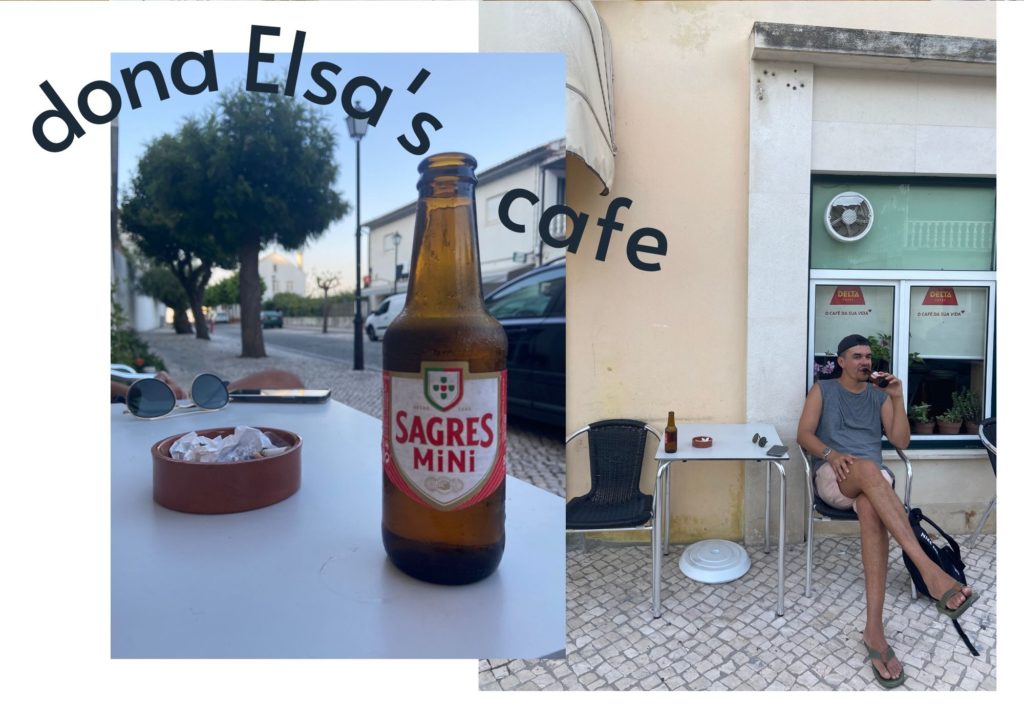
Grown from the local CITEC theatre groups’ annual and more traditional theatre festival, in the 90’s Vasco Neves and Armando Valente developed CITEMOR with a renewed focus, wanting to expand on the possibilities that the context of the village and the local community could provide to artistic experimentation. Since the team took over, the programme focuses on embedding the artists in the village via long-form residencies and a support system for the artist to be in constant conversation and collaboration with the spaces they inhabit. The result is often site-specific performances and installations that reflect the village’s architecture and history, and don’t just use the local infrastructure as an interesting aesthetic element outside of the art practice. ‘We start from what the artists need and want’ says Vasco, and then the relationship with the space builds from there.
Building and maintaining relationships is a constant in every discussion or encounter you have in this festival, particularly because the work is embedded in the community and given the rural location it can only happen with the community’s support. Speaking to Vasco, he said he thought even the most experienced and successful producer would struggle in this context, where you can’t just buy or rent equipment but instead have to use your local connections to make the artist’s requests possible. The daily group meals (both lunch and dinner), the free or cheap accommodation in people’s homes, and the personal trust between the town’s people, the visiting guests, and the programmers are what makes this festival not only economically viable but also infrastructurally possible.
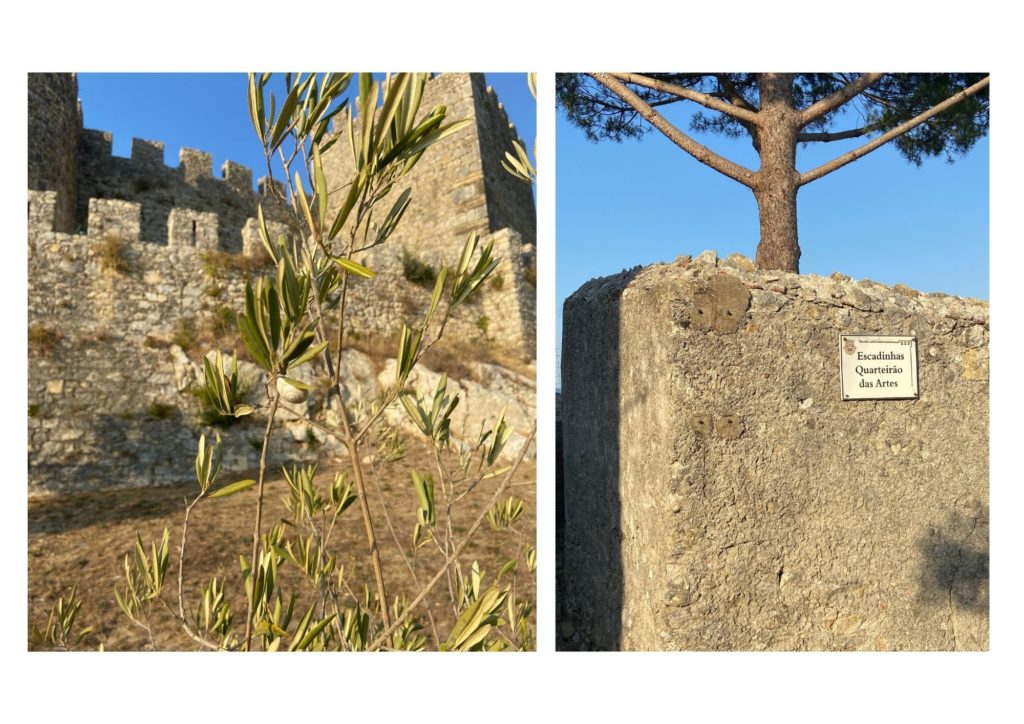
It is the antithesis of art projects and festivals that helicopter-curate in small towns and because of the long-term residencies and community involvement, local people and their stories often end up being embedded in the artworks. Previously the local Philharmonic band, Montemor’s rowing team, and individuals (including local storytellers, young people, and aspiring artists) have ended up being involved in the creation of the shows. This comes from the relations built over time, between the festival’s team, the community, and the artists. It feels a world away from getting put up in an Ibis near the train station, which is usually what you get when you travel for work.
Confiança (trust) is a word that is constantly present on everyone’s lips and the descriptions of their process, for it speaks to the care put into the making of long-term relationships built over the years. It is this trust that underpins everything that makes the festival possible – from translations of artist texts to trusting the festival to do right by the quality of your work, regardless of the stage in your “career”. This is built on slowness, and relationships over the 44 years of the festival, and feels contrasting to all of the conversations in contemporary product-driven programming, which try to force these practices into hierarchical and top-down curatorial frameworks that seemingly don’t have the time or patience to wait for relationships to develop organically. At CITEMOR, a well-known artist such as Rodrigo García or Angélica Liddell, will get the same treatment, support, and focus as a new artist making their first show. There is no such thing as an ‘emerging artist’ in the programme, and this approach proposes a horizontal understanding of artistic practice and development.
This same trust is being built in relationships across other small spaces and projects within the Iberian peninsula that are often invited to the festival. This year CITEMOR organised an encuentro/gathering with other spaces that are similarly embedded in their local contexts, from the Baixo-Mondego region of Montemor to Catalunya, with a wish to begin a conversation about support and cooperation between them. The role that these spaces play in local ecologies is incredibly important, as it is in these more independent structures that artists can experiment in and just “be” without a huge pressure on output oriented production. The same slowness present in the festival was applied to the creation of this gathering which had no purpose other than to start conversations and be led by the needs of those in attendance, mediated in a space without the presence of larger institutions (who may be invited at a later point, but on the terms of trust rather than only for-profit exchanges between art spaces).
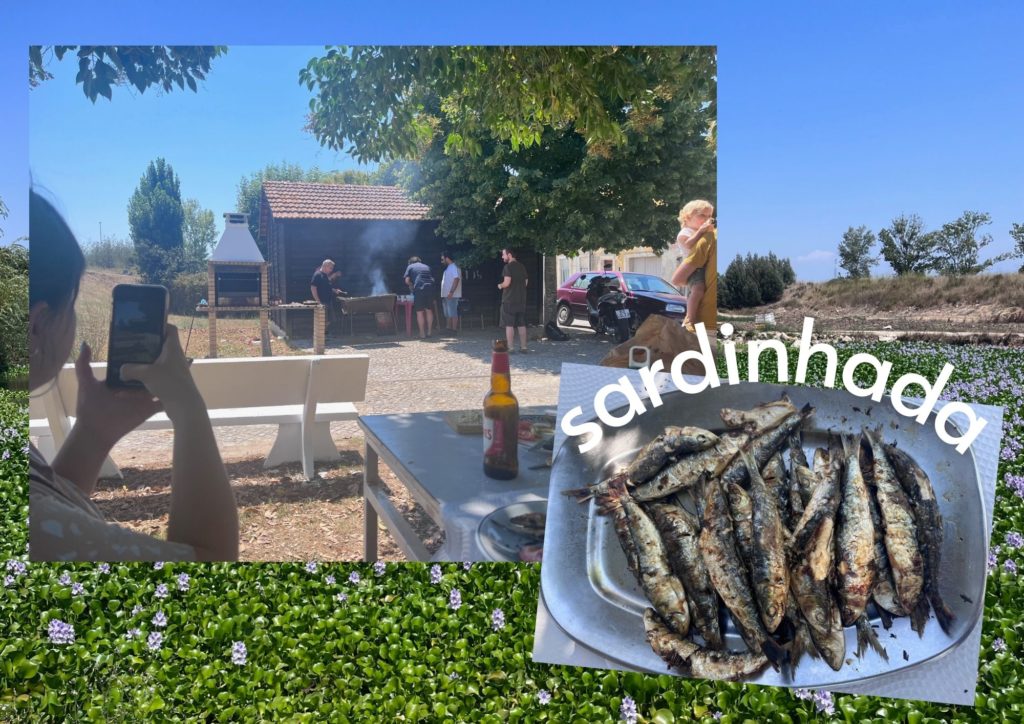
It feels like in CITEMOR, whether it be in the performances, in the production process or in inter-organisational conversations, there is a way of working within difference rather than trying to homogenise (in a way many spaces do by working with a common language like English, for example). It is not just that Spanish and Portuguese are welcome in the space but also all the regional variances and languages found across the Iberian peninsula. A natural emphasis is placed on expressing yourself in the language you want to use, whilst also bringing generosity in how you are willing to engage with others in a language you may not understand. This is also applied to how performances are staged at the festival which is usually without on-site translation (unless specifically requested by the artist), allowing for multiple interpretations of the same piece, depending on your own cultural and linguistic backgrounds. For instance, when we watched the text-heavy Portuguese-language performance “WOW” by Sónia Baptista, we found ourselves filling in each others’ blanks and understandings of the show afterward, having accessed it with different mother tongues. The translation happens after the show, often with a fino (cerveja) in hand.
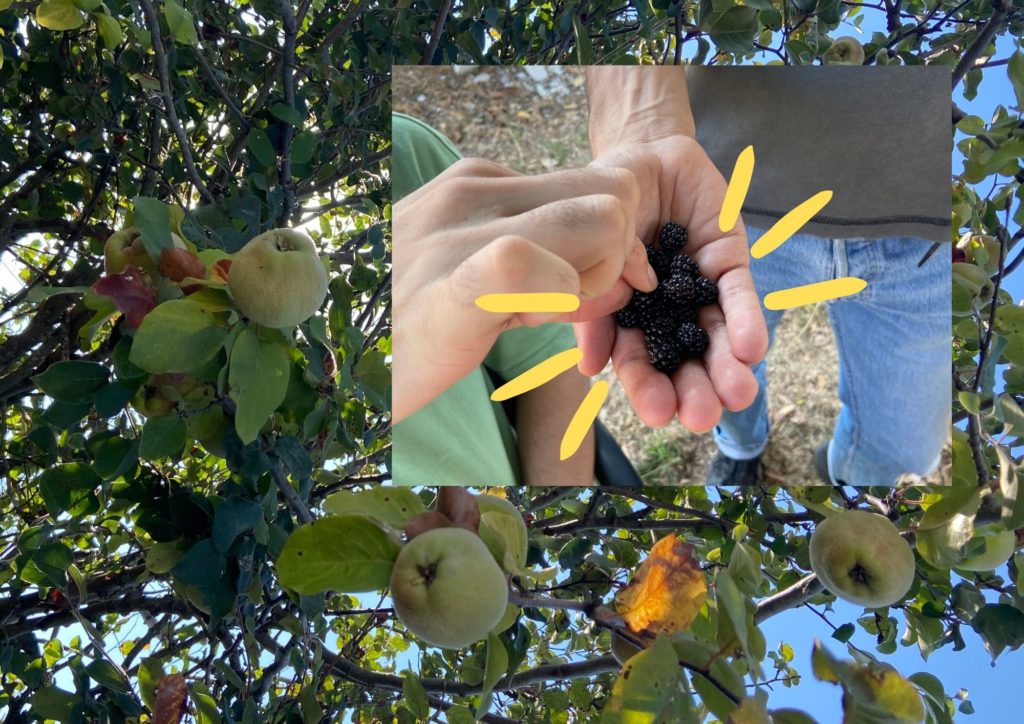
Embedded in this approach is a critical look at what it means to be from communities that share a common territory in the Iberian peninsula. CITEMOR is a place where the borders between Spain and Portugal are porous, it is a space that welcomes and recognizes regional identities and not just ones defined by the nation-state. This intention to ignite an Iberian network of small and independent arts organizations, sits in direct contrast to the art-market frameworks of capital and product-driven programming of the usual touring and festival circuits that we find across the UK and mainland Europe. In a world ever more focused on productivity and marketing-led campaigns, this approach is an act of resistance to contemporary politics of art funding and practices. ‘People are our capital’ says Vasco Neves.
A question outstanding for us is how this practice relates to post-colonial identities and experiences within these territories. How can a network that finds solidarity and cooperation across the Iberian peninsula work with migrants and diaspora descendants from Africa, South East Asia, and Latin America, whose home countries were directly colonized by Portugal and Spain? How can the critical practices of artists and communities with this experience be embedded in a wider resistance of not only neo-liberal arts practices but also neo-colonial ones? It feels as though these perspectives are equally important in negotiating and re-defining what it means to live and work in the Iberian peninsula, given the fraught histories of colonialism embedded in the fabric of the territories. So, involving the communities who were and continue to be impacted by these colonial histories is an essential part of any radical work towards resisting extractive and exploitative modes of creating and consuming artwork.
As a frame for this gathering Claudia Galhós, a cultural writer and long-term supporter of the festival wrote the following invitation to those who attended the encuentro (briefly summarized and translated by us) :
In the text she cites António Jacinto’s poem ‘Monangambe’ which ends in the line:
… deixem-me ao menos embebedar-me… / at least let me get drunk
This line comes from a writer living in colonized Angola in the 1940s and was widely misunderstood by Portuguese students in 1975 (the year after the end of the dictatorship in Portugal), who deemed it too sad, lamenting, and lacking revolutionary spirit. However, what they didn’t understand was that to be a Black person in Angola during the colonial regime, was to lack the liberty to even do something as common as to get drunk as your entire existence was policed by the state. In fact, even being out on a Saturday night was grounds for arrest and an excuse by the state to take Black people into slavery, with the excuse that these people were found drunk on the street (even if they weren’t). This is where the myth and stereotypes of ‘Black communities always being drunk’ were constructed by the state and used to violently assault, enslave and exploit people. This is a legacy and history that continues today, and it is yet very loosely treated by the Portuguese and Spanish states. In fact, Portugal was the last European country to ‘let go’ of its power over the colonies, and it is safe to say the country is yet to reconcile with that legacy. And so Jacinto’s poem calling for the right to get drunk is full of revolutionary power, despite it not seeming that way to a group of people in Portugal who have always held that right.
Claudia writes in the invitation:
Este princípio parece-nos particularmente significativo para as artes performativas contemporâneas. Desde logo, para nos alertar para precipitados juízos de valor sobre a criação de um artista, que traz consigo um mundo de referências da sua singular experiência pessoal cujo alcance simbólico, estético e significativo dificilmente descodificamos(…)Começamos por uma aparência de um território comum, o espaço Ibérico, mas aqui convivem muitas e maravilhosas e desafiantes diferenças.
(ENGLISH TRANSLATION: This principle seems to us particularly significant to contemporary performing arts. In the first place, to make us aware of judgment of value which are precipitated on an artists’ creation, who bring with them a world of references from their own singular personal experience, and whose symbolism, aesthetics, and meaning we can hardly codify. (…) We might start from a shared territory, the Iberian space, but in this space many wonderful and challenging differences coexist. )
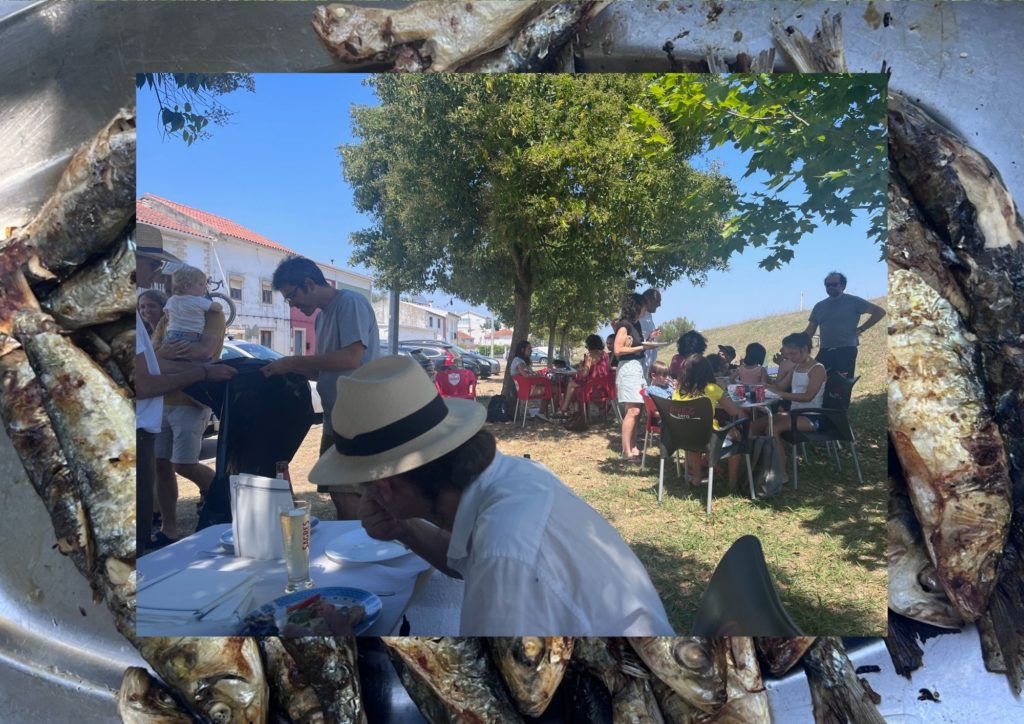
Amongst those present at the encuentro (whose work we want to record and highlight as resources for artists and cultural workers who might come across this text) are:
- Azkuna Zentroa | Bilbao, ES
- Los Barros | Mardrid, ES
- Festival Domingo – Casa Encendida | Madrid, ES
- Festival TNT – Festival de Artes Vivas y Nuevos Formatos | Terrassa, ES
- La Caldera | Barcelona, ES
- El Consulado | Valencia, ES
- NyamNyam | Girona, ES
- Quarta Parede – Festival Y | Covilhã, POR
- Linha de Fuga | Coimbra, POR
We wish we could end this reflection by saying that this is an open-source format that could be brought to other territories, but what has become clear is that running a space like CITEMOR is a life-long undertaking only possible by committing to a space and a community for years. This is in total opposition to what the cultural sector at large is, and how it encourages constant production and rewards competitive and fast-moving work with little real care for long-term community commitment.
Talking to Vasco, there is also a sense of scale and sustainability that is pulled into question with projects that resist growth and development in the usual way – CITEMOR cannot expand and become bigger because it would lose its ability to support artists in such an intimate way. Instead, it wants to focus on growing its resources so that the relationships that already exist are better supported. This is an important re-framing of what long-term, sustainable structures can look like under capitalism and potentially something that can be shared and taken on within other structures (like performingborders, or other independent or even institutional organisations).
CITEMOR is unusual and part of a group of structures that need protection and long-term support, not just because they’re interesting and/or ‘radical’ but because they’re the underlying fertile soil that provides space and resources for creative development, experimentation, and long-standing humane relationships.
✍(◔◡◔)
Anahi & Xavi
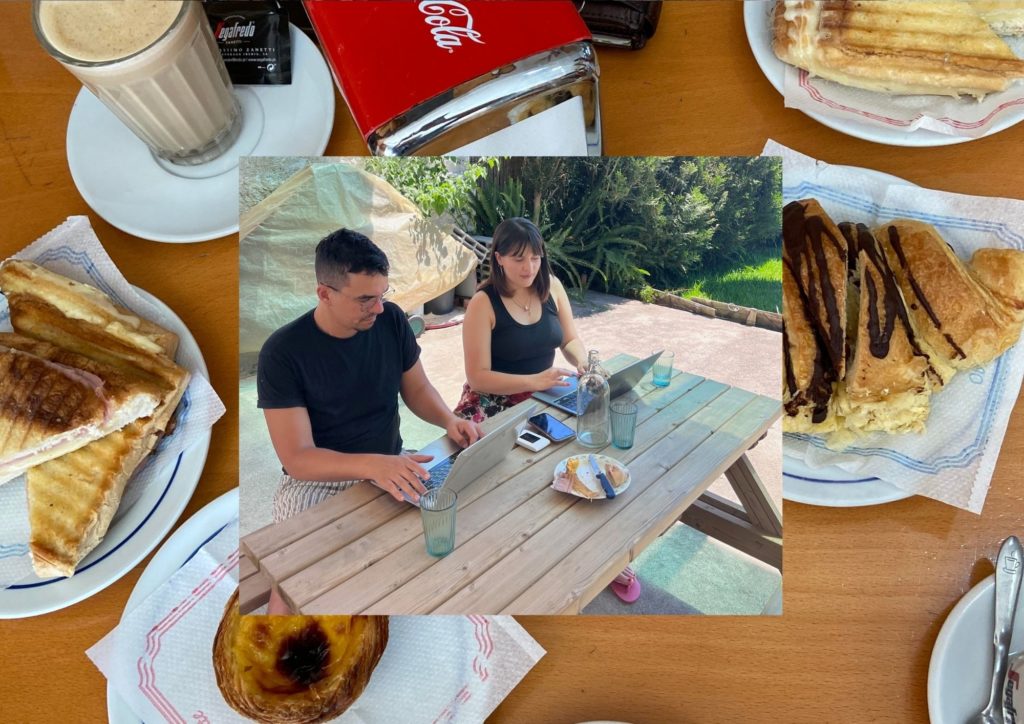
As a part of our residency at CITEMOR we have created texts in response to the following artists and their performances:
- NOCHE CAÑON: Sofía Asencio
- A SAGRAÇÃO DA PRIMAVERA – MEMÓRIAS TERNAS DE UM AFECTO QUEER: Dinis Machado
- O OUTRO LADO DA DANÇA: Diana Niepce
For more information about CITEMOR, see their website here.